Historic buildings in New York City boast of unique architectural designs that tell a story of the city’s evolution. As the demand for functional and aesthetically appealing buildings increases, architects and building owners face the challenge of preserving the historic essence while incorporating modern designs. One solution to this problem is the use of glass and metal elements, which blend seamlessly with the existing architecture while adding a contemporary touch. This article explores the use of glass and metal in NYC‘s historic buildings, highlighting the benefits and challenges of achieving a balance between functionality and aesthetics.
Introduction
- Historic buildings in NYC: A unique architectural heritage
- Balancing functionality and aesthetics in architecture
- Glass and metal: A modern solution to historic preservation
The Benefits of Glass and Metal in NYC’s Historic Buildings
- Improved energy efficiency
- Increased natural light
- Aesthetically pleasing
- Seamless integration with existing architecture
Challenges of Incorporating Glass and Metal in Historic Buildings
- Ensuring structural integrity
- Maintaining the historic essence of the building
- Meeting local regulations and historic preservation requirements
Case Studies: Successful Use of Glass and Metal in NYC’s Historic Buildings
- The Seagram Building: Mies van der Rohe’s masterpiece
- The New York Times Building: A contemporary landmark
- The Museum of Modern Art Expansion: Enhancing the visitor experience
- The Whitney Museum of American Art: Preserving the industrial character of the Meatpacking District
Best Practices for Balancing Aesthetics and Functionality in Historic Buildings
- Research and understand the building’s history and architectural style
- Hire a team of experts with experience in historic preservation and modern design
- Choose the right materials and construction techniques
- Plan and execute the project carefully, with attention to detail
- Engage with the local community and stakeholders
Conclusion
Balancing the aesthetic and utilitarian aspects of historical edifices presents a formidable challenge that necessitates an intimate comprehension of the building’s past, architectural style, and the community’s requisites. Glass and metal components furnish a contemporary panacea to this quandary, albeit their assimilation must be meticulously contrived and executed. The illustrations of this discourse evince that triumphant preservation and modernization of bygone structures are feasible and can heighten their practicality and visual allure.




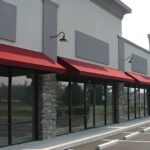

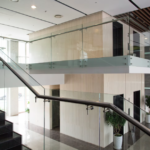
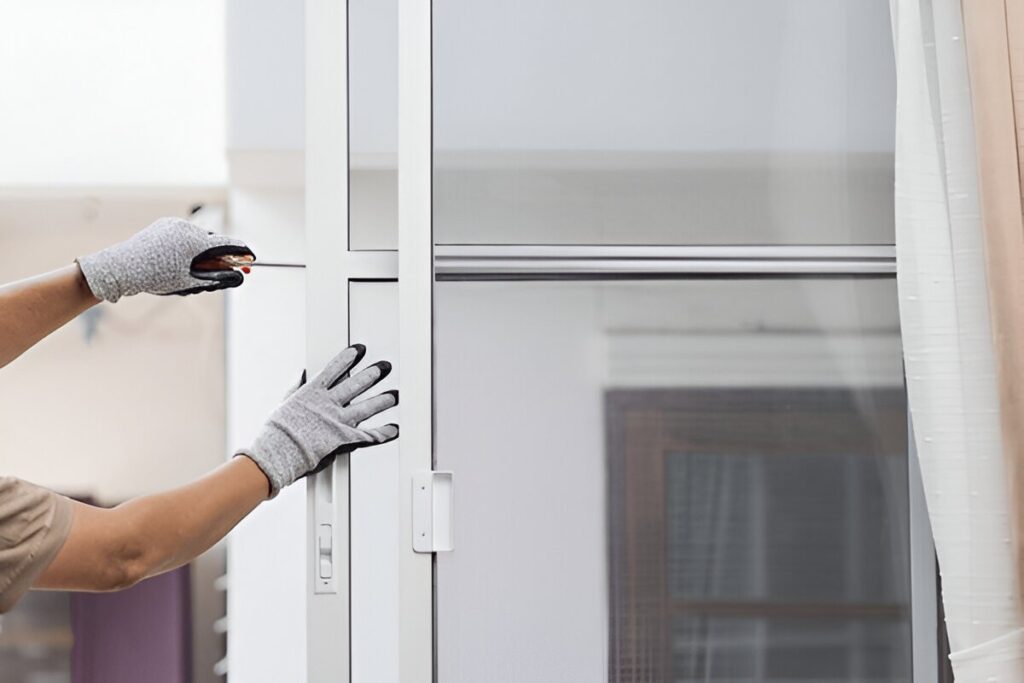
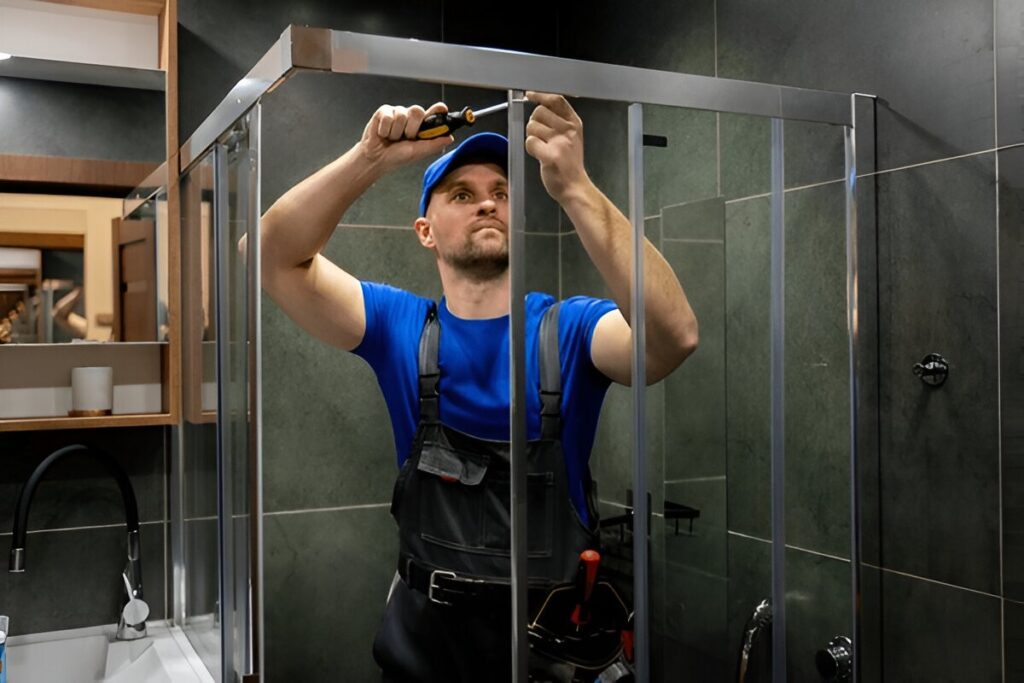
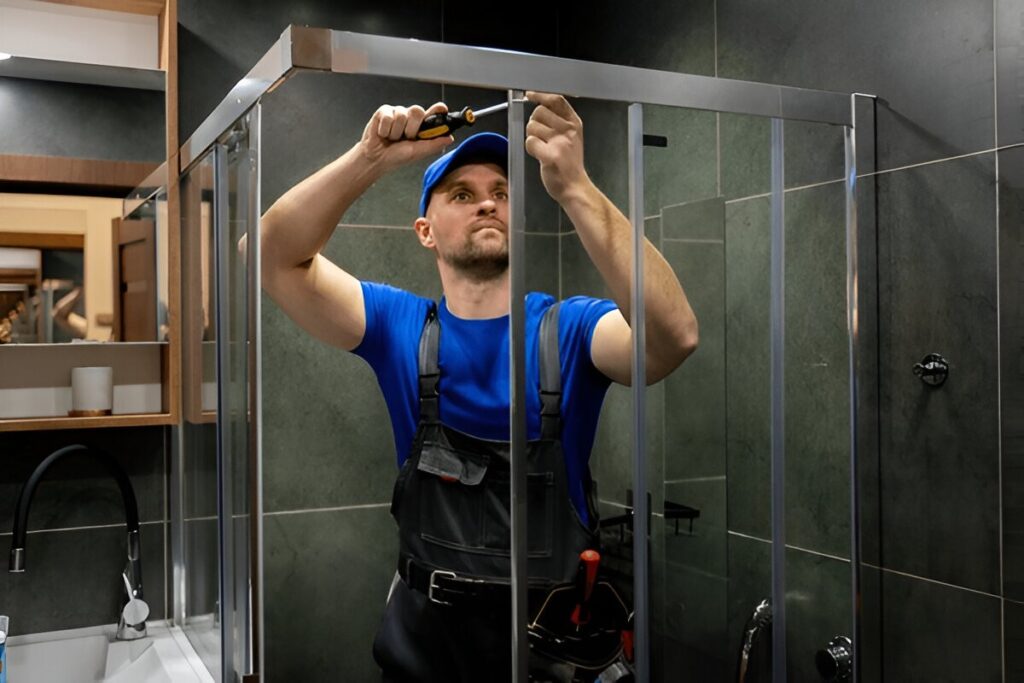
Leave a Reply